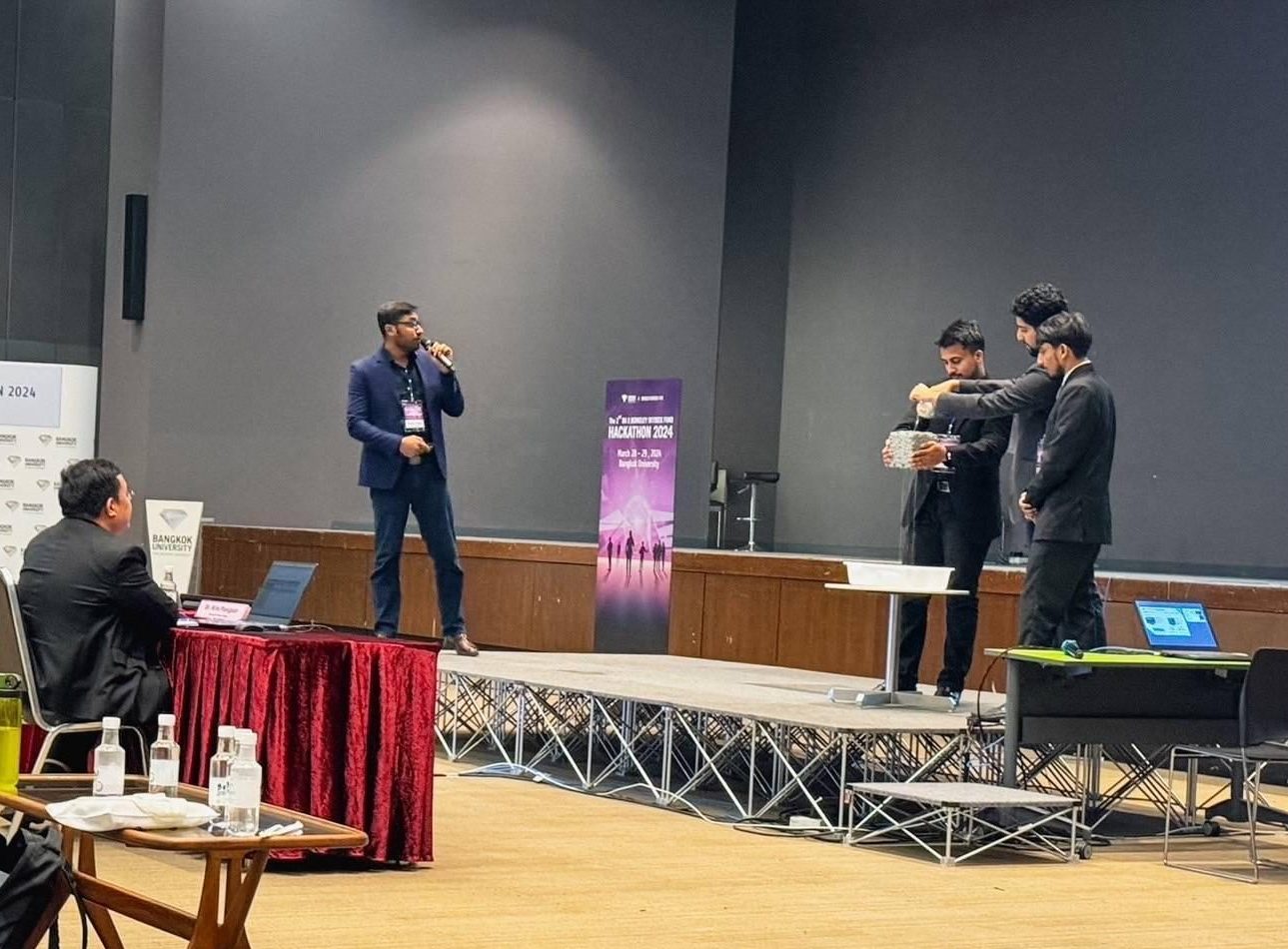Stating this Prof. Fumio Yamazaki of Graduate School of Engineering,
Chiba University, remarked that the seismic monitoring of the Kumamoto
Earthquake of 2016 had many lessons for everyone. It is evident that
inland active faults are now causing infrequent but extremely damaging
earthquakes, compared to traditional large magnitude earthquakes that
used to occur frequently in offshore plate boundaries.
A combination of field survey of damage and surface faulting,
earthquake sequence and source mechanisms, motion records, remote
sensing and lidar measurements, and Unmanned Aerial Vehicle (UAV) data
has helped scientists in understanding this natural phenomenon.
The 2016 Kumamoto Earthquake, which was combination of a
foreshock of 6.2 on the ‘M’ scale on 14 April followed by the main
shock of 7.0 on 16 April, causing extensive damage over Kumamoto and
Oita prefectures.
Prof. Fumio Yamazaki was speaking at the seminar on “Lessons learnt
from the Kumamoto Earthquake,” organized by the Structural Engineering
field of study of AIT’s School of Engineering on 24 June 2016.
The seminar also saw three experts from AIT discuss their findings.
Prof. Pennung Warnitchai of AIT presented a study of four earthquakes —
Nepal, Thailand, Taiwan and Japan. Elaborating on the Chiang Rai
earthquake in Thailand, Prof. Pennung stated that it was the largest in
the past 50 years. Close to 10,000 buildings were damaged, with 400
suffering severe damage, and 20 of them collapsing due to the
earthquake. Stating that Thailand does not have enough ‘slow motion
records’, Prof. Pennung stressed the need to conduct a seismic
microzonation study.
Dr. Masahiko Nagai spoke about “Satellite Remote Sensing Analysis of
the Kumamoto Earthquake,” while Dr. Punchet Thammarak presented his
finding on “Building and Infrastructure Damages from Kumamoto
Earthquake.”








